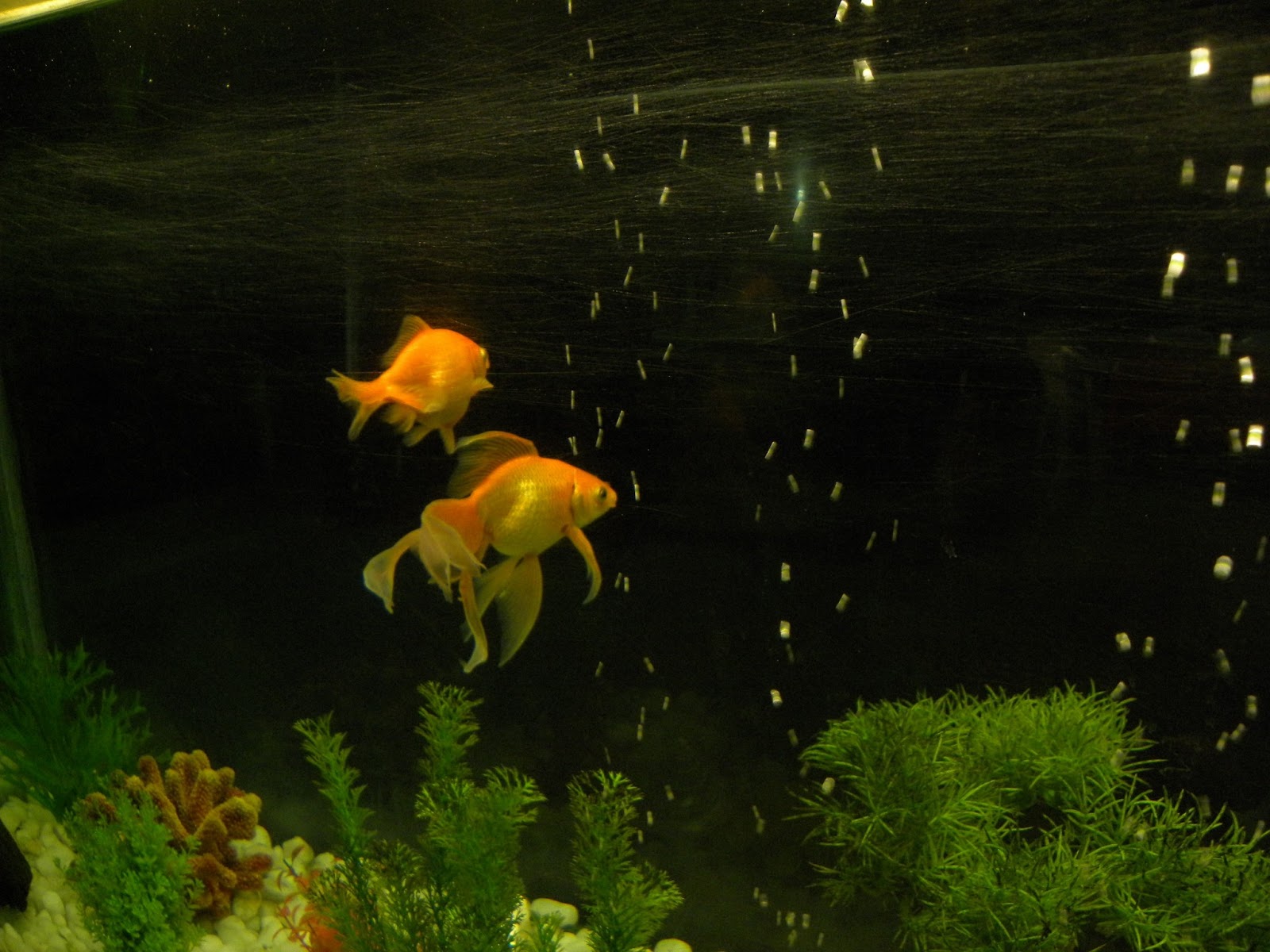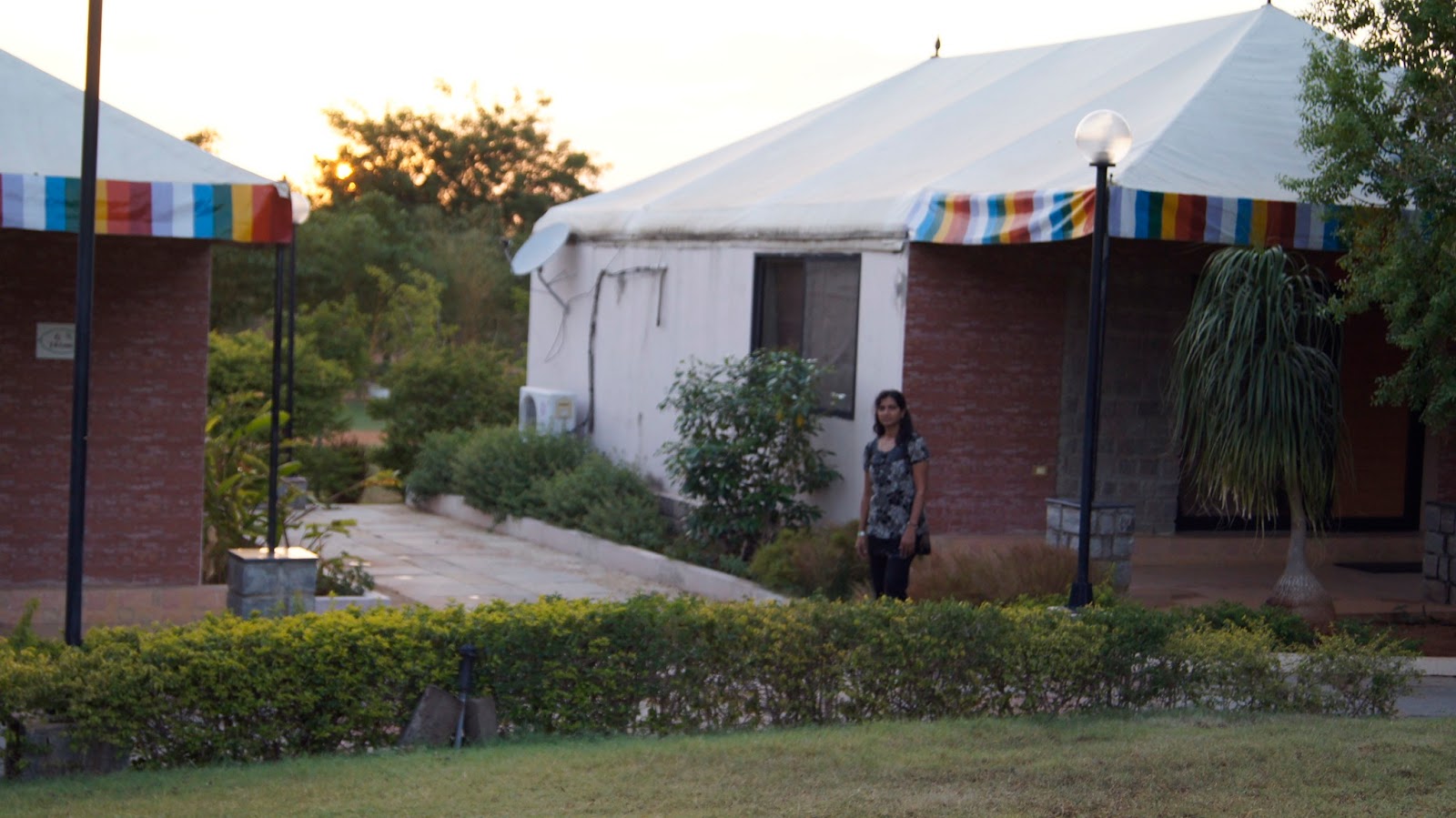The Last Fight
Kasturi
was born in a remote village of Andhra Pradesh in a poverty stricken family in
the year 1950 - the year after India got independence. But do women really enjoy all the freedom? Are
they able to express their thoughts, fears and move freely in the society? Are
they getting what they deserve? After the Delhi rape case, women freedom and
liberty are questioned once again. This story reflects the fight of an average
middle class woman whose fight is a fight with with the society, with the nature,
and hersrelf within. Kasturi was the
fourth child among the six siblings. Her family ran their traditional milk
business and could hardly make two ends meet.
Her father worked in a small mechanic shop. He left early in the morning
only to return late in the evening with a small packet of snacks and bottle of
wine. Kasturi’s brothers who managed the business hardly concentrated on
education. Kasturi’s elder sister was married off at a young age of 12 years;
even before she had matured. Child marriages or sati, in those days were not
uncommon social practices. She and her
younger sister studied in a government school till class nine. The three sisters helped their brothers in
milking the cows and doing other chores at home.
As
days passed by, Kasturi grew into a beautiful damsel. Her big brown eyes, sharp
nose, full lips equally matched the beauty of her brains. Kasturi was very wise
in her thoughts and always wanted things the right way. This made her all the
more popular among her friends and more lovable in the family. Time had now come to get her married. Her parents fixed her marriage to the very
first person who proposed her. This gentleman,
Dashrath was from Mumbai and was twelve years older to Kasturi. He was the only child living with his
step-mother, as he father had died when he was as young as seven years. He had
seen many girls from different parts of the country, but after looking at
Kasturi, his search ended. This one was
the 27th proposal for him. Kasturi’s parents were however, not ready
to marry her off to a person staying in such a far off place. They rejected the
proposal outright. But the Dashrath’s
mother, Godavari insisted that they would pay Rs. 3000 in turn and accept
Kasturi without any dowry. The reluctant parents finally approved the proposal
and agreed to the proposal.
Kasturi started a new life in this huzy- buzy city of Mumbai. She had never
seen such tall buildings, huge markets and so many people, who always seemed to
be moving around aimlessly. Tears rolled
down Kasturi’s eye whenever she remembered her parents, brothers and sisters
and her inability to visit them whenever she wanted. All she could do was send
a few letters to know about their well-being written in her regional language,
telugu. Within a few days of marriage,
Kasturi’s mother-in-law started dominating her. This was a big shock to Kasturi.
She was always taught by her parents and
teachers to respect elders. Her mother had adviced her never to revolt back but
bear any pain silently. Godavari was a
typical orthodox woman who tried to prove her superiority and power over the
daughter-in-laws. Many a times, she abused Kasturi, beat and scratched her face
or even kicked her. Unable to bear the
torture, she complained to her husband who was a very obedient child and
respected his mother even inspite of her step-motherly treatment. He consoled his
wife and shared her sufferings and showered his love on her. He gave her
courage when she was broken down and sent her to maternal home for a few days
once in a while.
After a year, Kasturi’s first daughter was
born. Her birth brought smiles and happiness
to Kasturi’s life. She forgot all the pain and sufferings imposed on her by Godavri.
After a couple of years, Kasturi’s second daughter was born. This time she was
expecting a son because she thought this would make her mother-in-law happy who
had insisted for a male child.
However,
Kasturi loved both the girls as much as she loved herself. She considered girls equal to boys.
Everything
went all fine, as the family grew along with her husband’s business. And equally grew the torture at the hands of
mother-in-law who always cursed her for having given birth to a girl child.
Adding to her woes, God blessed Kasturi with a third girl child two years
later. Godavari now left no occasion to abuse and ill-treat her for no reason.
Kasturi tried to convince her that being a woman herself, she should respect
girl child and show no partiality and that women are equal to men. But Godavari
never paid no heed to her words. She insisted that she wanted a male child
which if failed would get her son divorced. Kasturi trembled with fear. She
expressed her feelings with her husband who was her sole consoler. He always
maintained a balance between his mother and wife and respected them equally. He
ignored the complaints made by his mother and never went to the extent of
ill-treating his wife.
7
years after her marriage, Kasturi was now ready to conceive the fourth child.
She expressed her desire to go to her maternal place. The fear of giving birth
to a girl child made her spine chill. It was not that she wanted a son, but
because she wanted to make her mother in law happy. But fate was not in favour
of Kasturi and she had the fourth daughter. On knowing this, Kasturi lamented
but decided to defend herself and her daughters. Her option to get family
planning done was offended by her mother-in-law, who asked her to go in for one
more child and after that do whatever she wanted. Kasturi prayed to God to
bless her with a son. Her prayers were answered. The birth of son brought joy
to the family. But the struggles of Kasturi began soon after. Her mother-in-law
divided the business and gave a paltry sum to her son. The fear of her son
robbing her of her property made her more determinant in her decision to
separate them. They shared the floors
and stayed and cooked separately. Kasturi faced this severe blow courageously.
She pleaded her husband to look out for a decent job to take care of their
children and education. Many a times Kasturi starved and survived on one meal
per day and little clothing, in order to
ensure her children were properly fed.
As she was trying to make both ends meet, her health deteriorated. She
underwent two major operations in which her gall bladder and uterus were removed.
This made her weak physically. But, Kasturi fought back. She did not depend on
anyone but trusted herself and God and kept moving.
Gradually, all the children completed their
education and were grown up. Kasturi got all her daughters married into
well-to-do families. Her son was married and settled too. Tears of happiness
rolled down her cheeks. She had won the battle. Her dreams were fulfilled. Soon
after, her mother-in-law died. The entire property now belonged to Kasturi. The
days of poverty and suffering were gone. She lived her life happily and spent most
of her time enjoying with her grand children. But, her happiness did not last
long. Very soon another news broke which left her dumb-struck. She was
suffering from cancer. By the time Kasturi got herself diagnosed, she had
reached the final stage. All hopes lost, Kasturi cried in pain and complained
to God of robbing her of her happiness. But God loved her even more. He did not want to see her suffer and fight
any more ..... and Kasturi lost the last battle. The journey of a woman from
womb to tomb is not all about fights and struggles, it’s about patience, love,
care, perseverance, honesty, strength, independence, acceptance, confidence and
the zeal to accomplish things, ‘the Right Way’....



























